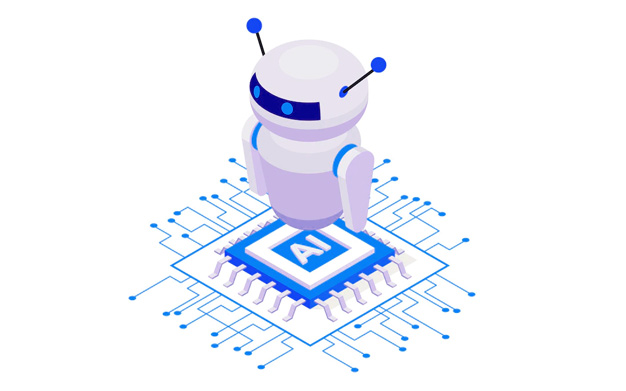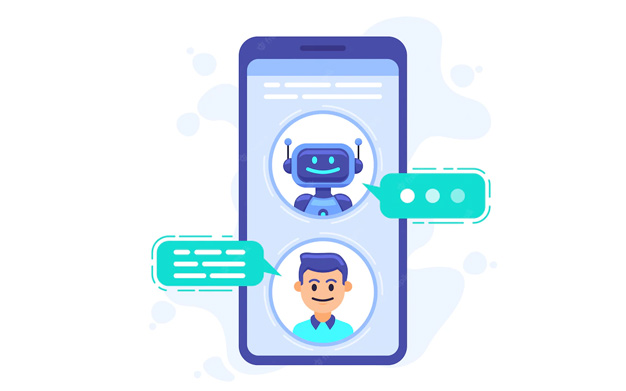All you need to know about the chatbots that fit for your business needs to grow efficiently.

What are the different types of chatbots technology?
There are many types of chatbots, and they can be classified by the way in which they interact with users in a personalize manner using natural language. If you consider the technology behind the chatbot, there are three main types of chatbots:
1. Simple (Rule-Based Chatbots)
2. Smart (AI-Powered Chatbots)and
3. Conversational AI (Hybrid Chatbots)
Simple (Rule-Based Chatbots)
A simple chatbot, also known as a “rule-based chatbots” or “flow-based chatbots”, works based on straightforward tasks and has limited options. The simple chatbot poses questions based on predetermined options and the customer can choose from the options that closely resembles their query or problem in the language of user’s choice. Chatbot will not make any inferences from previous interactions with customers. These chatbots are limited to answering only a specific set of questions.


Smart (AI-Powered Chatbots)
AI-enabled smart chatbots are designed to simulate human-like conversation with users. Chatbot can understand intent, language, and sentiment and have a free-flowing and more open conversations. AI chatbots learn from the conversation by collecting information in real-time to better answer questions quickly as it provides more accurate responses to user’s queries and increases customer experience.
AI-powered chatbots are more complex than rule-based chatbots. They are built using powerful technologies such as natural language processing (NLP), rolex fakes and machine learning (ML). These chatbots need a lot of data to learn and require programming that understands the context of customer interactions and responds accordingly. They are much difficult to implement and execute to answer all the user’s questions without the need of a human operator.
Hybrid Chatbots
Hybrid chatbots combine characteristics of both rule-based and AI-powered chatbots, built to simplify complex use cases. They are set up with some rule-based tasks while understanding the intent and context behind a message to deliver a more human-like response.
The hybrid chatbot solution brings the best of both worlds–by providing the simplicity of the rules-based chatbots, with the complexity of the AI-chatbots to improve customer experience and build a custom solution to fit your business’ needs. This makes them a balanced tool for businesses to interact with customers.
The two things in common about each of these chatbots is their ability to be customized based on the use case you want to address, and seamlessly handoff when a conversation required to address the customer request in real-time.
There are various chatbot use cases depending on how you want to use them. Chatbots are a great combine to the customer support team, data collectors, and much more.

Here you need to know next about chatbots for business
1. What is chatbots
2. Customer support
